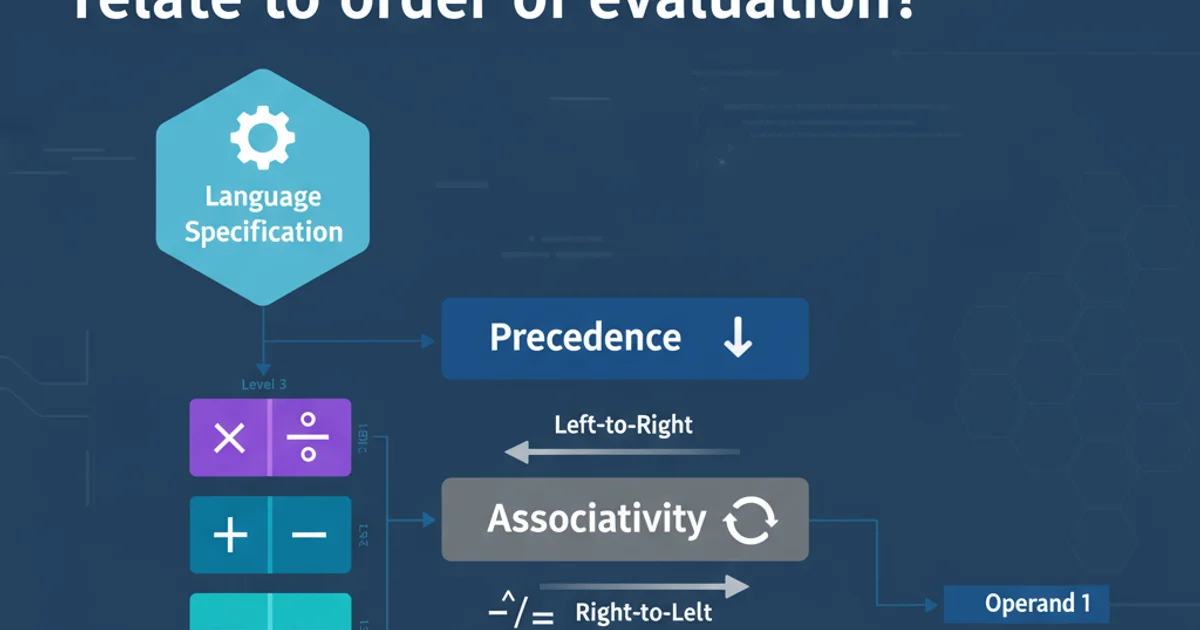Display message when hovering over something with mouse cursor in Python
Categories:
Creating Interactive Tooltips in Python Tkinter Applications

Learn how to implement dynamic tooltips that display messages when a user hovers their mouse cursor over widgets in Python's Tkinter GUI framework.
Adding tooltips to your graphical user interface (GUI) applications can significantly enhance user experience by providing contextual information without cluttering the main interface. In Python's Tkinter, creating a tooltip involves detecting mouse hover events and dynamically displaying a small, temporary window with your desired message. This article will guide you through the process of building a reusable tooltip mechanism for various Tkinter widgets.
Understanding the Core Concept
A tooltip's functionality relies on event binding. Specifically, we need to bind events for when the mouse enters a widget's area (<Enter>) and when it leaves (<Leave>). When the mouse enters, a small Toplevel window is created and positioned near the cursor, displaying the tooltip text. When the mouse leaves, this Toplevel window is destroyed. To prevent flickering or premature display, a short delay is often introduced before the tooltip appears.
sequenceDiagram
participant User
participant TkinterApp
participant Widget
participant Tooltip
User->>Widget: Mouse enters widget area
Widget->>TkinterApp: <Enter> event triggered
TkinterApp->>Tooltip: Start delay timer
alt Delay expires
Tooltip->>TkinterApp: Create Toplevel window with text
TkinterApp->>User: Display tooltip
else User moves mouse out
User->>Widget: Mouse leaves widget area
Widget->>TkinterApp: <Leave> event triggered
TkinterApp->>Tooltip: Cancel delay timer (if active)
TkinterApp->>Tooltip: Destroy Toplevel window
Tooltip->>User: Hide tooltip
endSequence diagram illustrating the tooltip display and hide mechanism.
Implementing a Reusable Tooltip Class
To make tooltips easy to add to multiple widgets, we'll create a Tooltip class. This class will encapsulate the logic for creating, showing, and hiding the tooltip window, along with managing the delay. It will take the parent widget and the text to display as arguments.
import tkinter as tk
class Tooltip:
def __init__(self, widget, text):
self.widget = widget
self.text = text
self.tooltip_window = None
self.id = None
self.x = 0
self.y = 0
self.widget.bind("<Enter>", self.enter)
self.widget.bind("<Leave>", self.leave)
self.widget.bind("<ButtonPress>", self.leave)
def enter(self, event=None):
self.schedule()
def leave(self, event=None):
self.unschedule()
self.hide()
def schedule(self):
self.unschedule()
self.id = self.widget.after(500, self.show) # 500ms delay
def unschedule(self):
if self.id:
self.widget.after_cancel(self.id)
self.id = None
def show(self):
if self.tooltip_window or not self.text: # Don't show if already visible or no text
return
x, y, cx, cy = self.widget.bbox("insert")
x += self.widget.winfo_rootx() + 25
y += self.widget.winfo_rooty() + 20
# Creates a toplevel window
self.tooltip_window = tk.Toplevel(self.widget)
# Leaves only the label and removes the app window
self.tooltip_window.wm_overrideredirect(True)
self.tooltip_window.wm_geometry(f"+{x}+{y}")
label = tk.Label(self.tooltip_window,
text=self.text,
justify='left',
background="#ffffe0",
relief='solid',
borderwidth=1,
font=("tahoma", "8", "normal"))
label.pack(ipadx=1)
def hide(self):
if self.tooltip_window:
self.tooltip_window.destroy()
self.tooltip_window = None
# Example Usage:
if __name__ == "__main__":
root = tk.Tk()
root.title("Tooltip Example")
root.geometry("300x200")
button1 = tk.Button(root, text="Hover over me!")
button1.pack(pady=20)
Tooltip(button1, "This is a helpful tooltip for Button 1.")
label1 = tk.Label(root, text="Another widget with a tooltip")
label1.pack(pady=10)
Tooltip(label1, "You're hovering over a Label widget.")
root.mainloop()
Python code for a reusable Tkinter Tooltip class and example usage.
wm_overrideredirect(True) method is crucial for making the Toplevel window behave like a true tooltip – it removes the window decorations (title bar, borders) and prevents it from appearing in the taskbar.Customizing Tooltip Appearance and Behavior
The provided Tooltip class offers a basic but functional tooltip. You can easily customize its appearance and behavior by modifying the show method:
- Font and Colors: Adjust the
font,background,foreground,relief, andborderwidthproperties of thetk.Labelwidget within theshowmethod. - Delay: Change the
500(milliseconds) inself.widget.after(500, self.show)to increase or decrease the hover delay. - Positioning: The
xandycoordinates are calculated to place the tooltip slightly offset from the widget. You can modify+ 25and+ 20to change this offset. - Dynamic Text: You could extend the class to accept a function that returns the tooltip text, allowing for dynamic messages based on application state.
ttk.Style if your application uses ttk widgets, or explore custom drawing on a Canvas for highly customized tooltip shapes.1. Integrate the Tooltip Class
Copy the Tooltip class definition into your Python Tkinter application file.
2. Instantiate Tooltips for Widgets
For each widget you want to have a tooltip, create an instance of the Tooltip class, passing the widget object and the desired text: Tooltip(my_widget, "Your tooltip message here.").
3. Run Your Application
Execute your Tkinter application. Hover your mouse over the configured widgets to see the tooltips appear after a short delay.